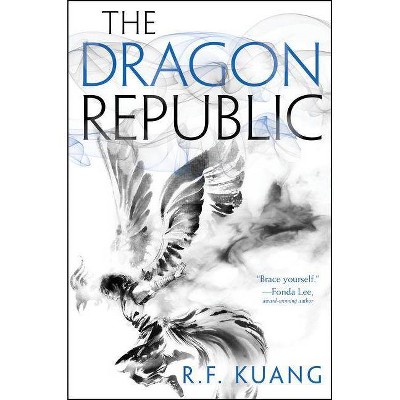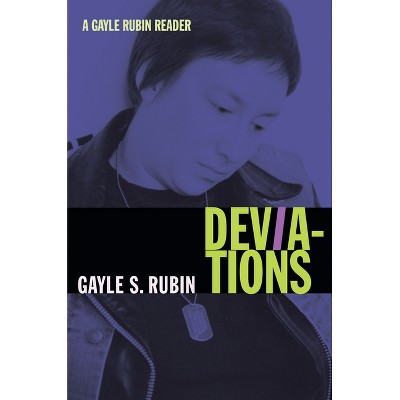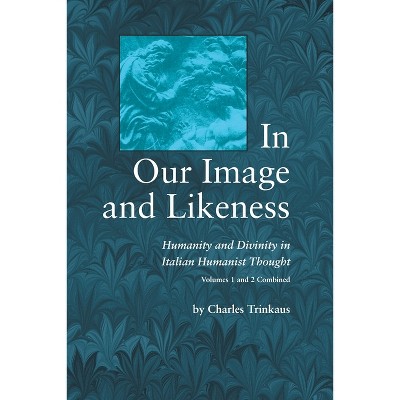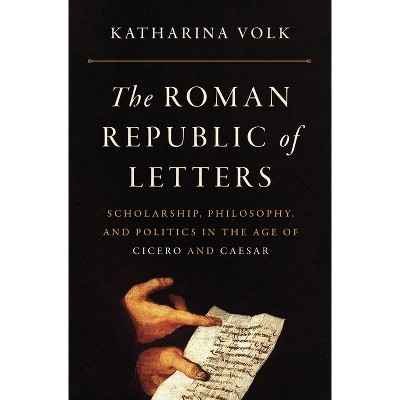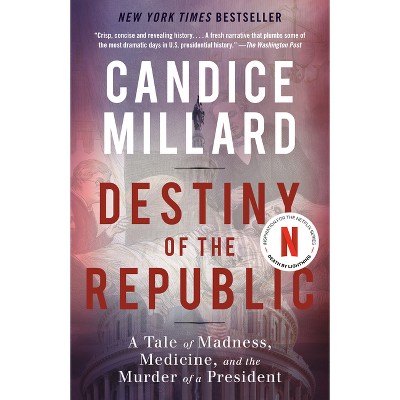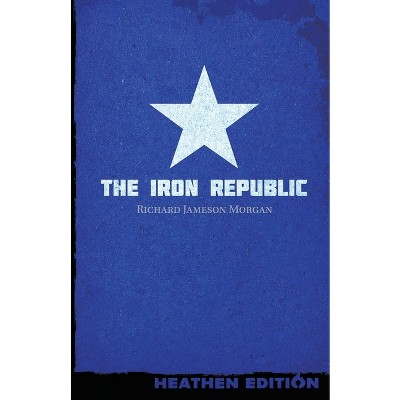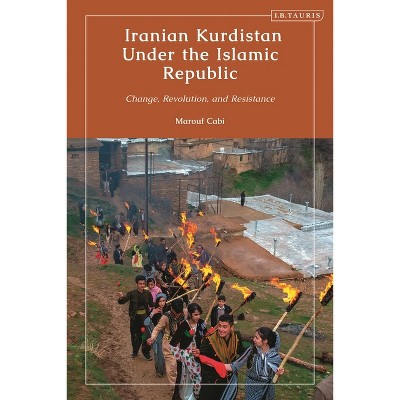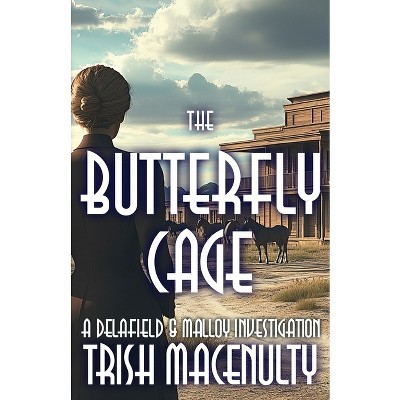Sponsored

The Republic in Print - by Trish Loughran (Paperback)
In Stock
Sponsored
About this item
Highlights
- "In the beginning, all the world was America.
- About the Author: Trish Loughran received her B.A. from Rutgers University and her masters and doctorate degrees from the University of Chicago.
- 568 Pages
- History, United States
Description
About the Book
In The Republic in Print, Trish Loughran challenges a dominant narrative about nationalism: the idea that print culture produces nations. Focusing on the years between 1770 and 1870, Loughran develops two richly detailed and provocative arguments. First she argues that it was the lack of national infrastructure (rather than a tightly connected print network) that enabled the nation to be imagined between 1776 and 1790. She then describes how the increasingly connected book market of the 1830s, 1840s, and 1850s worked to exacerbate regional differences in ways that contributed to secession and civil war. Drawing on a range of literary, historical, and archival materials, The Republic in Print is a refreshing and original cultural history of the early American nation-state.
Book Synopsis
"In the beginning, all the world was America."--John Locke
In the beginning, everything was America, but where did America begin? In many narratives of American nationalism (both popular and academic), the United States begins in print-with the production, dissemination, and consumption of major printed texts like Common Sense , the Declaration of Independence, newspaper debates over ratification, and the Constitution itself. In these narratives, print plays a central role in the emergence of American nationalism, as Americans become Americans through acts of reading that connect them to other like-minded nationals. In The Republic in Print, however, Trish Loughran overturns this master narrative of American origins and offers a radically new history of the early republic and its antebellum aftermath. Combining a materialist history of American nation building with an intellectual history of American federalism, Loughran challenges the idea that print culture created a sense of national connection among different parts of the early American union and instead reveals the early republic as a series of local and regional reading publics with distinct political and geographical identities. Focusing on the years between 1770 and 1870, Loughran develops two richly detailed and provocative arguments. First, she suggests that it was the relative lack of a national infrastructure (rather than the existence of a tightly connected print network) that actually enabled the nation to be imagined in 1776 and ratification to be secured in 1787-88. She then describes how the increasingly connected book market of the 1830s, 1840s, and 1850s unexpectedly exposed cracks in the evolving nation, especially in regards to slavery, exacerbating regional differences in ways that ultimately contributed to secession and civil war. Drawing on a range of literary, historical, and archival materials-from essays, pamphlets, novels, and plays, to engravings, paintings, statues, laws, and maps-- The Republic in Print provides a refreshingly original cultural history of the American nation-state over the course of its first century.Review Quotes
...Promise[s] to be useful to literary scholars in many ways.-- "College Literature"
A remarkable study, both in its marshaling of archival detail and in its ambitious thesis.--Phillip H. Round "William and Mary Quarterly"
Loughran's logic throughout is deep, intricate, and scholarly... Good reading.-- "American Journalism"
Loughran's well-written book will likely promote vigorous debate among historians of U.S. nationhood, print culture, and slavery.--Carl Ostrowski "The Journal of American History"
This book is inventively dialectical, unfailingly provocative, and consistently interesting. It formulates its myraid insights with an unusually rich, incisive and occasionally playful language that is deligtful to read.--Oz Frankel "American Historical Review"
About the Author
Trish Loughran received her B.A. from Rutgers University and her masters and doctorate degrees from the University of Chicago. She has curated print and material artifact exhibits at the Rosenbach Museum in Philadelphia and the David Library of the American Revolution in Washington Crossing, PA, and has held fellowships from the Bibliographical Society of America, the Library Company of Philadelphia, the Huntington Library, and the McNeil Center for Early American Studies at the University of Pennsylvania. She is currently associate professor of English at the University of Illinois, Urbana-Champaign, where she teaches and writes about early U.S. culture.Shipping details
Return details
Frequently bought together
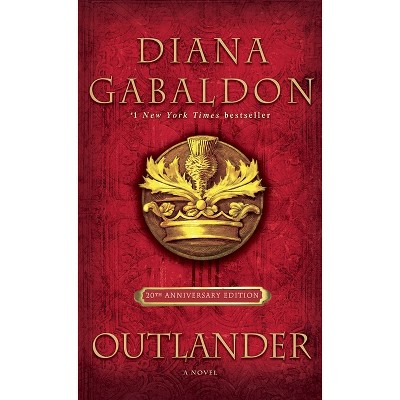
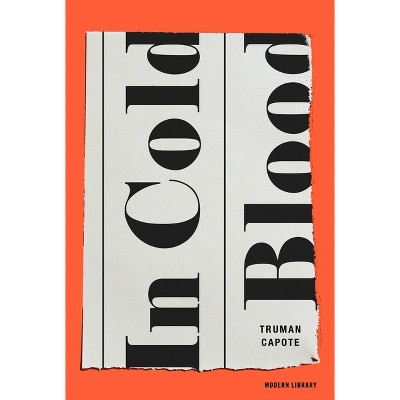
Trending Non-Fiction





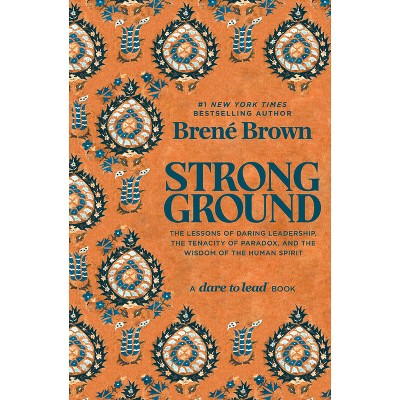
Discover more options
